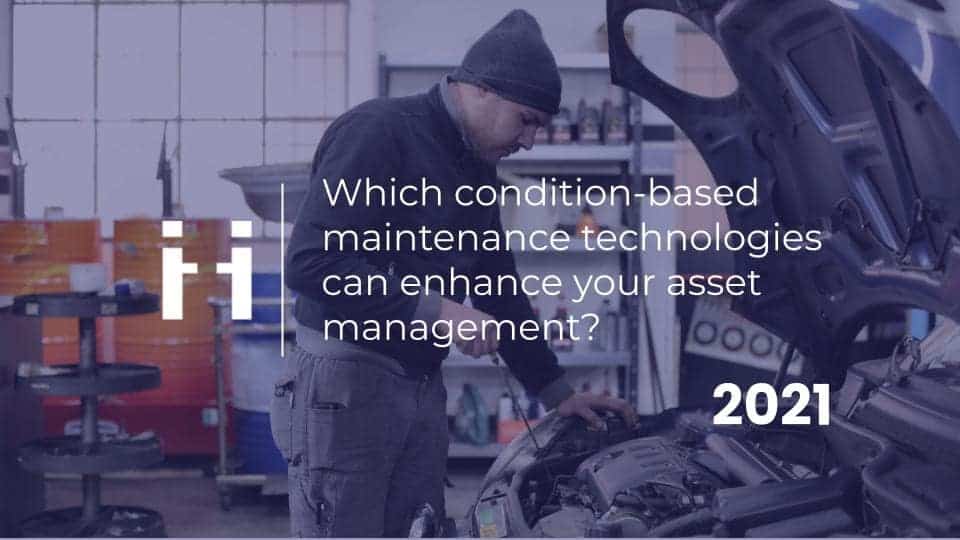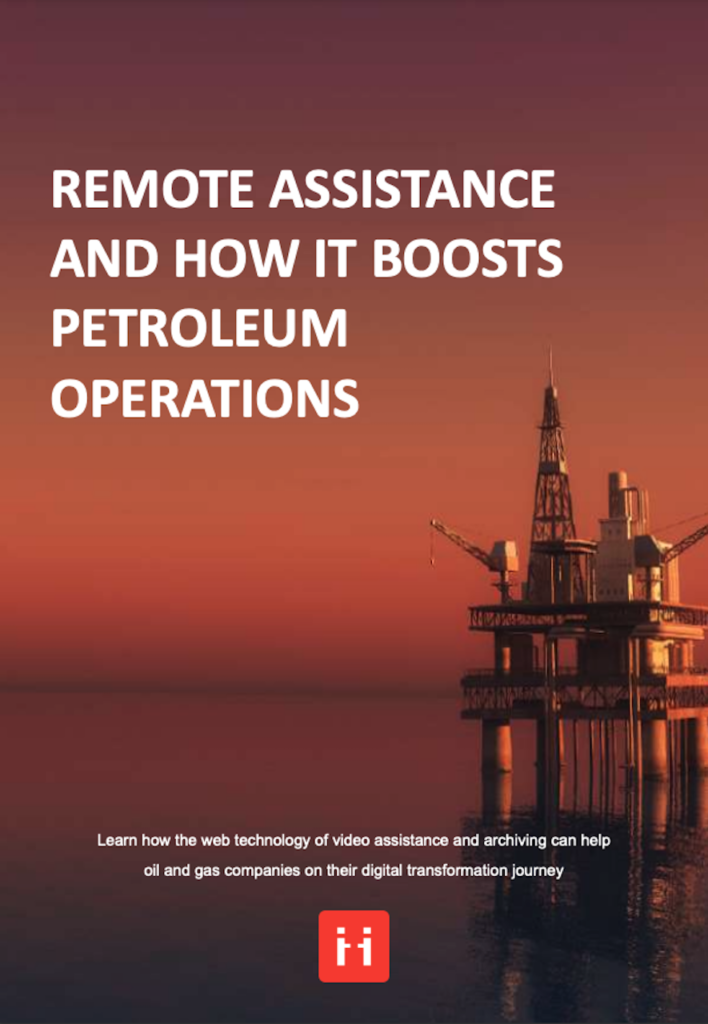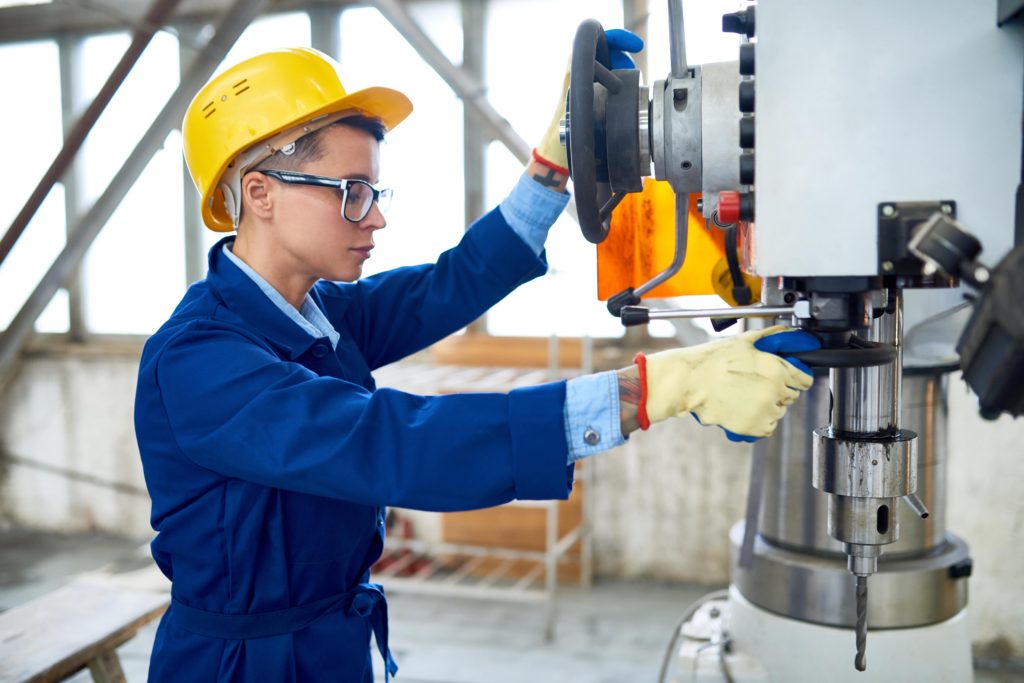
Share this article
Share this article
Many organizations use various maintenance strategies and tools, including condition-based maintenance technologies to boost the functionality of their assets. Maintenance services help minimize costs and improve productivity in the company. It is a critical aspect that organizations uphold.
This means that you should not only carry out maintenance programs when equipment breaks down. Maintenance should be part of your everyday management strategy. It will help you avoid unexpected breakdowns, downtime, and unnecessary expenses. This article will specifically look at condition-Based maintenance and what it entails. Read on to understand everything about it.
Condition-Based maintenance or CBM is a type of maintenance that is done depending on the current condition of the equipment or asset. It uses specific indicators to show if the business asset needs maintenance.
The indicators show if the assets have reduced their performance and when they will break down. The data then helps you know when you will carry out this maintenance strategy. It means that tracking and monitoring are essential when it comes to CBM.

Like any other maintenance strategy, CBM comes with its benefits. Here they are;
When assets are maintained, their chances of breaking down or failing are reduced. It also makes machinery reliable, and productivity is increased in the company.
The asset life expectancy is usually reduced when it is neglected. But if you check your equipment daily or weekly, their life will improve. This means they should be regularly lubricated, repaired, and cleaned.
Unexpected equipment breakdown can incur unnecessary expenses. You will need to call emergency services or even replace the machine for business operations to proceed; condition-based maintenance technologies help to reduce unnecessary costs by preventing machinery failure.
In CBM, machine inspection takes time, but maintenance services are usually done quickly. This is because the issue affecting the machinery is already known. This type of maintenance helps save time.
Here are a few examples that will help you understand CBM:
Piping Systems- Piping systems use pressure readings to determine the pressure levels. The levels are usually monitored to know when leaks may occur. Organizations that use the piping system use the CBM program to diagnose problems.
Oil Exchange- In preventive maintenance, calendar schedules are used to conduct maintenance services. When it comes to CBM, organizations rely on reading gauges to schedule maintenance. For example, if the reading gauge is designed to read oil particles, it may indicate you need to change the oil after covering particular miles or after a few months.
HVAC Units- Upgraded HVAC units can alert you on temperature readings and humidity. CBM maintenance strategy can be applied to prevent shutdowns or fire outbreaks in case of any issues.
If you want to launch condition-based maintenance in your organization, there are a few factors you must consider for the process to be successful. These requirements include;
The first step in implementing condition-based maintenance is identifying the assets or machinery that need to be closely monitored or tracked. This can depend on the manufacturers’ instructions, how often the machine is in use, and the expected life expectancy of the component.
Maintenance software that uses artificial intelligence can help you determine the life expectancy of your business assets.

After identifying the equipment that needs to be monitored or tracked, think about the techniques required to monitor the components. Also, consider the technologies you will use to make your work easier. The best thing to do is to ask for advice or research to ensure you do not invest in the wrong software or technologies.
For example, you can use reading gauges, remote monitors, sensors, and monitoring software to know if the assets are in good condition.
The next step is to install monitoring technologies to detect everything your machinery is doing. This helps to know how they perform and when they need maintenance services.
It is important to hire experts to do the installation for you correctly. Also, test the monitoring software to know if it will be effective.
Interpreting data according to the analysis done by the monitoring software is one of the most important things to know. This will help you understand how the machines are performing and when they need maintenance.
Come up with a defined system of how you will interpret your data. It will make work easier for you and help you quickly understand all the readings. Some types of analysis you need to know are;

As mentioned earlier, there are specific technologies that an organization must have to implement condition-based maintenance technologies. They include;
Machine sensors are special devices that detect the changes and events that may occur in specific machinery. They then send the information to other electronics for interpretation and analysis. Some of the sensors used in manufacturing industries include vibration and temperature sensors and current power sensors.
Machine sensors systematically convert stimuli like heat, sound, motion, and light to electrical signals. The signals are then converted into specific codes, then passed to the computer for analysis.
Remote visual inspection or RVI refers to a non-destructive technique that tests by using robotic devices and cameras to assess the functionality of business assets. The information collected can be viewed on the screen. They are recorded and kept for later analysis and reporting. This monitoring technology comes with various benefits, such as;
• Eliminating the need for Confined Space Entry
• There is no need for scaffolding
• It removes workers from dangerous places
• It ensures inspection services cause no lost production
• The data does not rely on a professional inspector

RTD or real-time data is data collected and delivered immediately. The readings collected are usually used for tracking or navigation. They are important for business owners as they help in proper decision making like when to schedule maintenance.
The real-time data provide assets’ trends, which can be measured to determine the performance of machinery. The data also allows organizations to act immediately to ensure their system runs effectively.
A condition-based maintenance strategy is a great approach that organizations can use to ensure assets are in good condition. To implement the program, ensure you have the right technologies to make the process efficient. Also, understand the right places to implement CBM in the company before you use this maintenance program. The above information should help you launch the maintenance service successfully.
Free E-book available now!